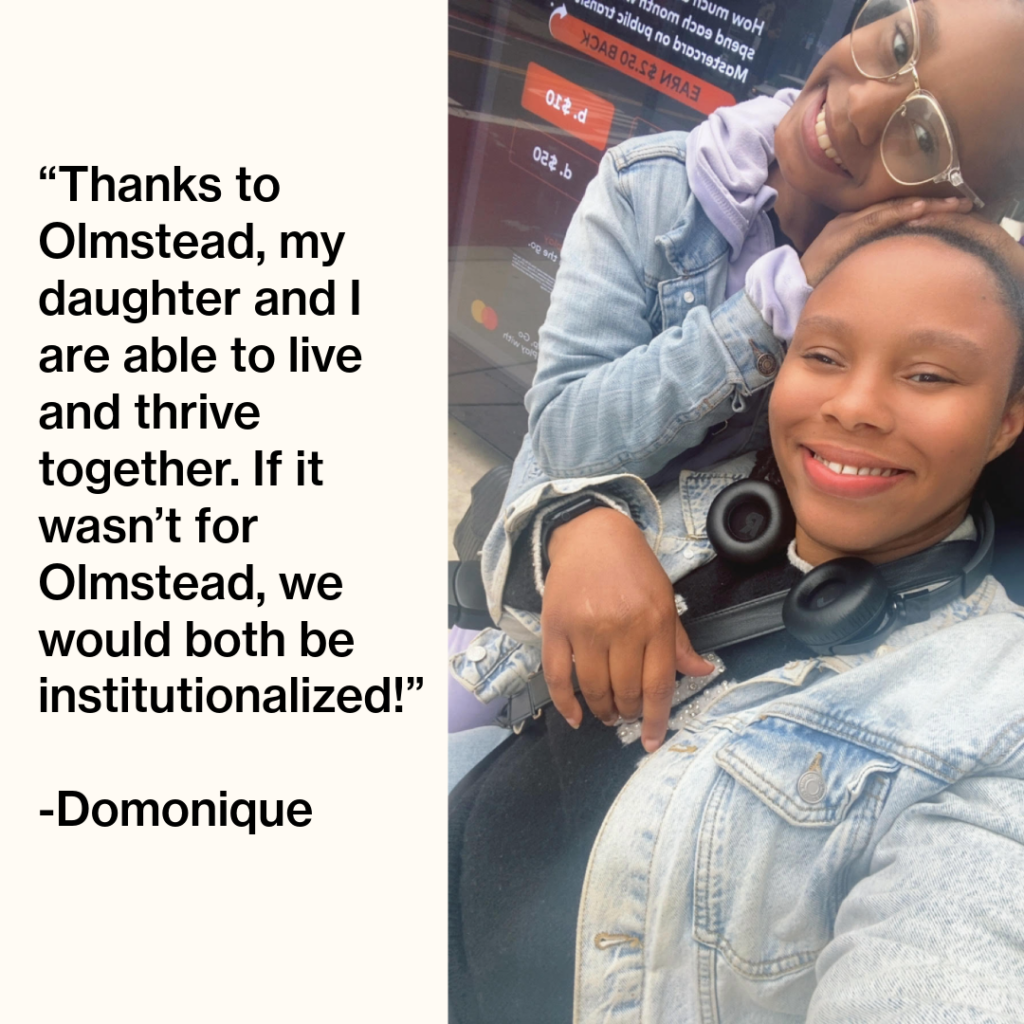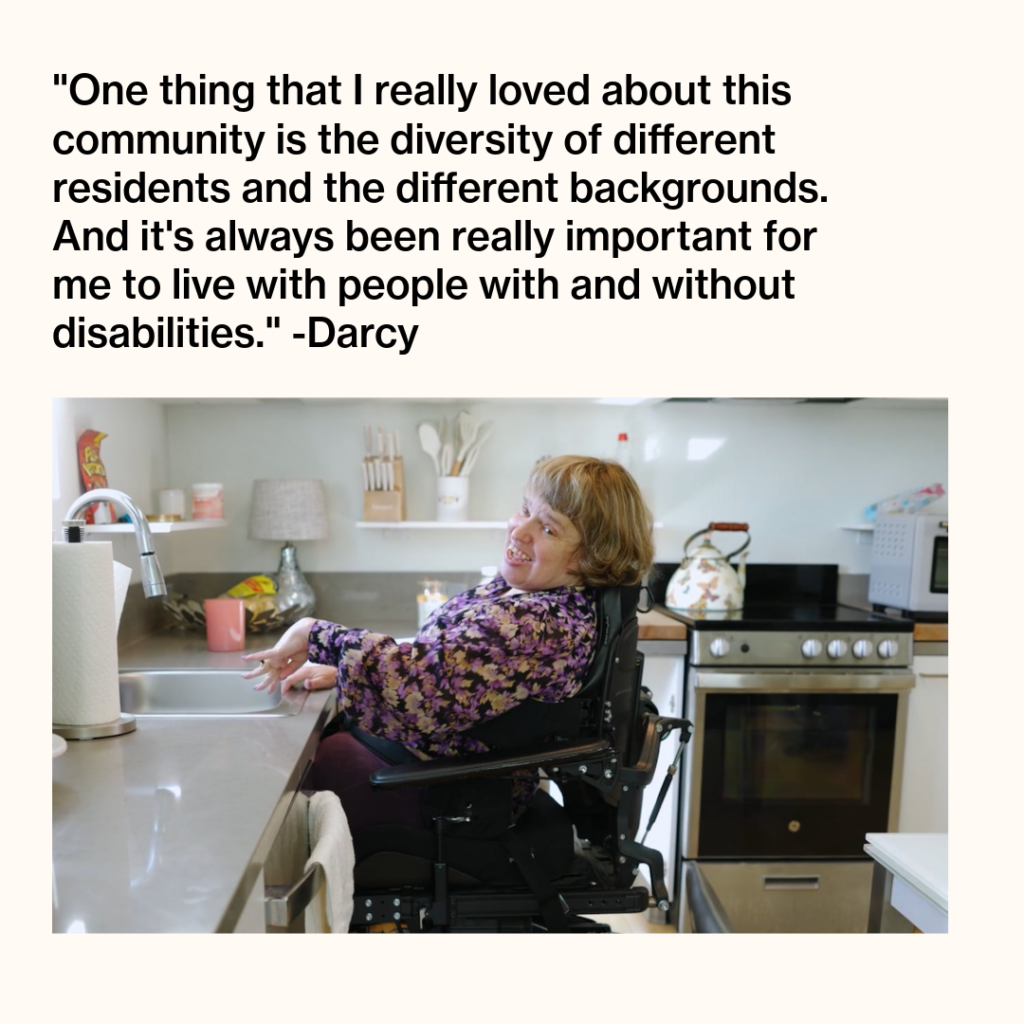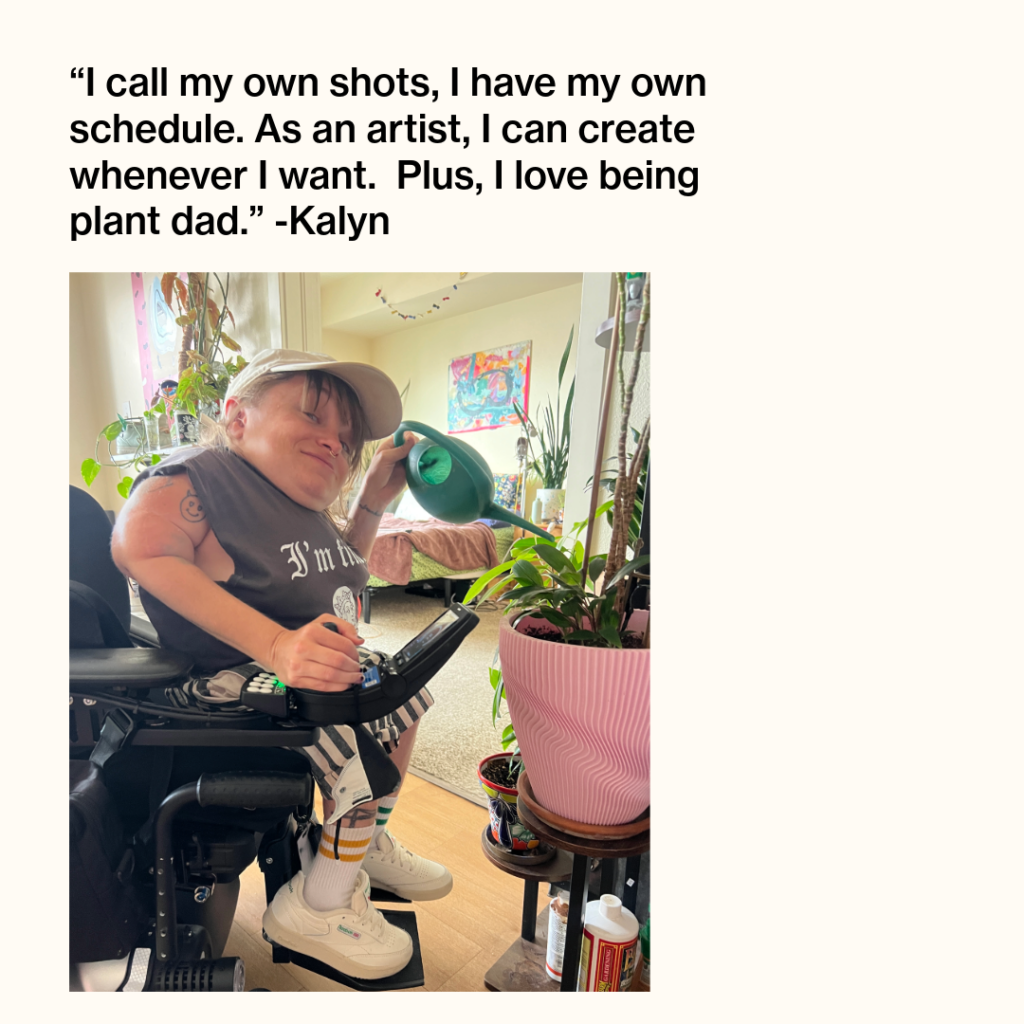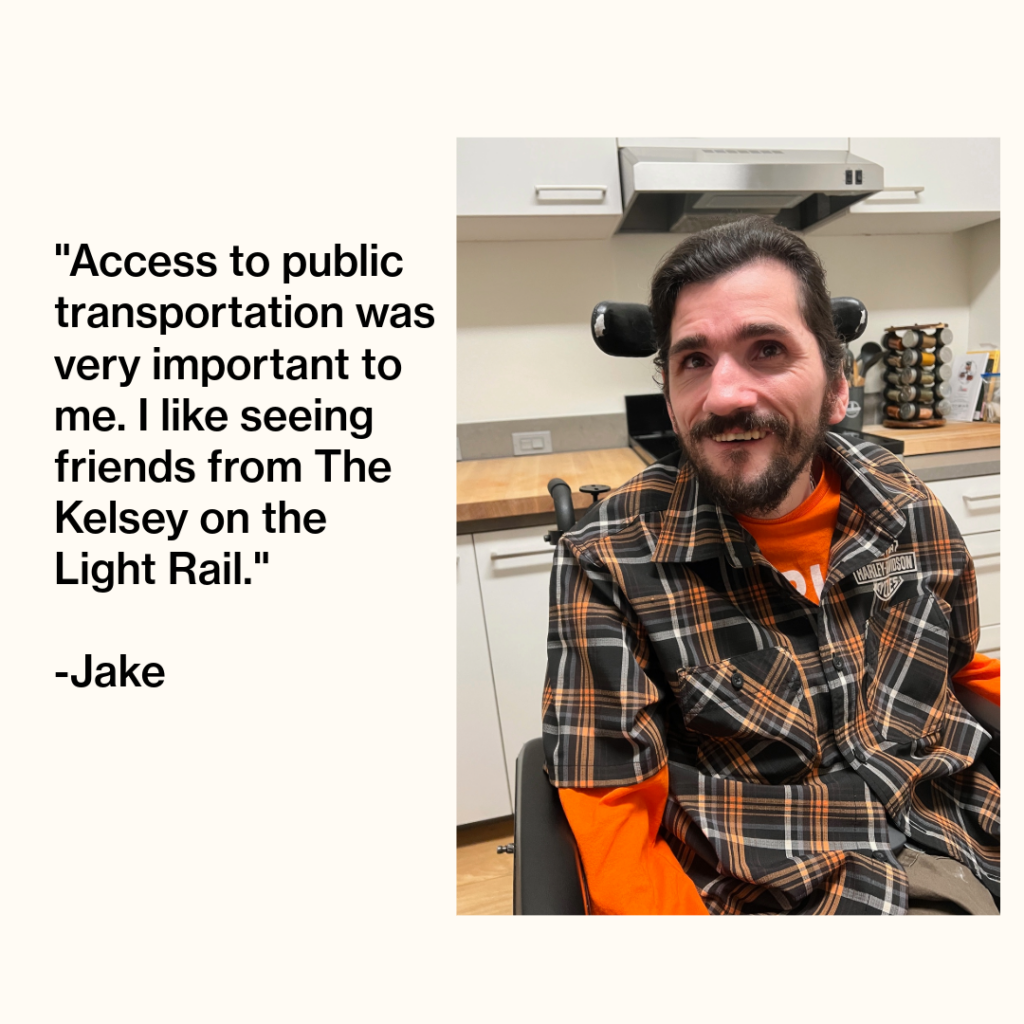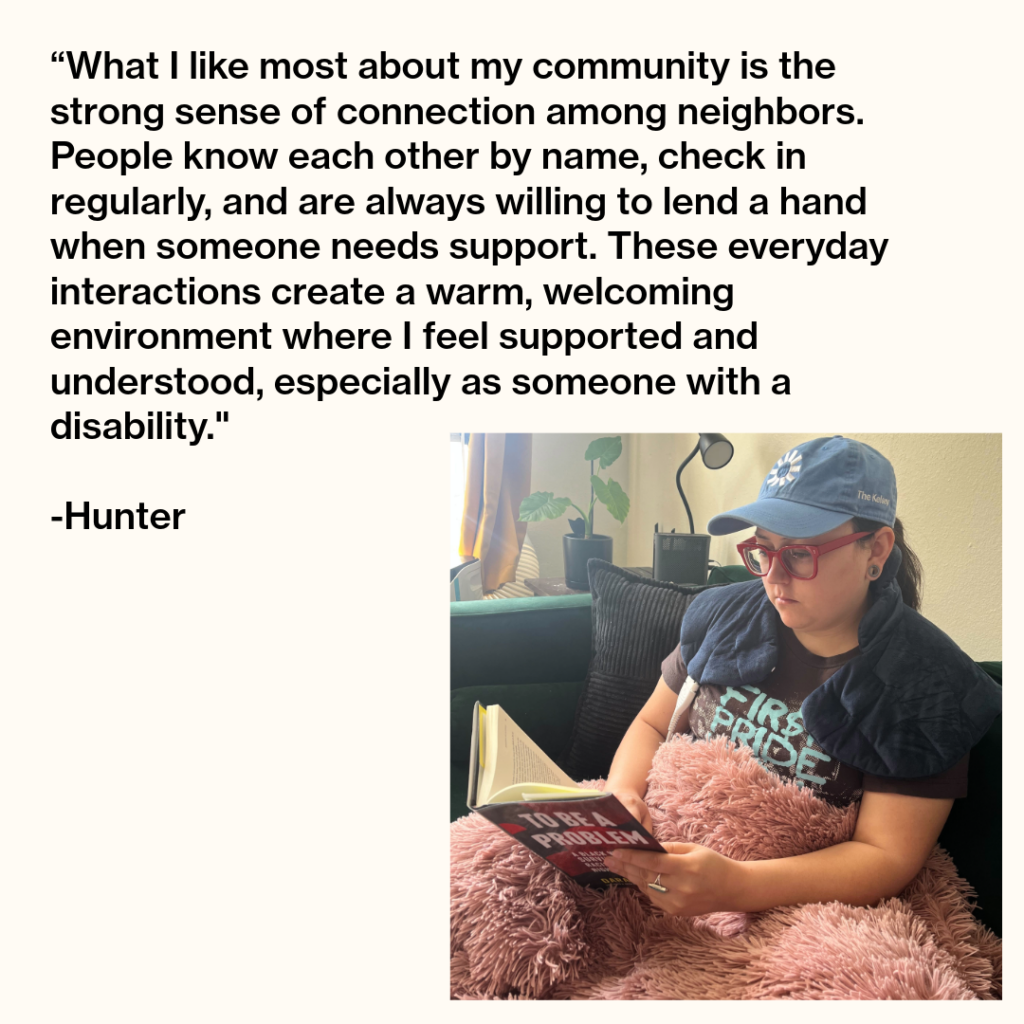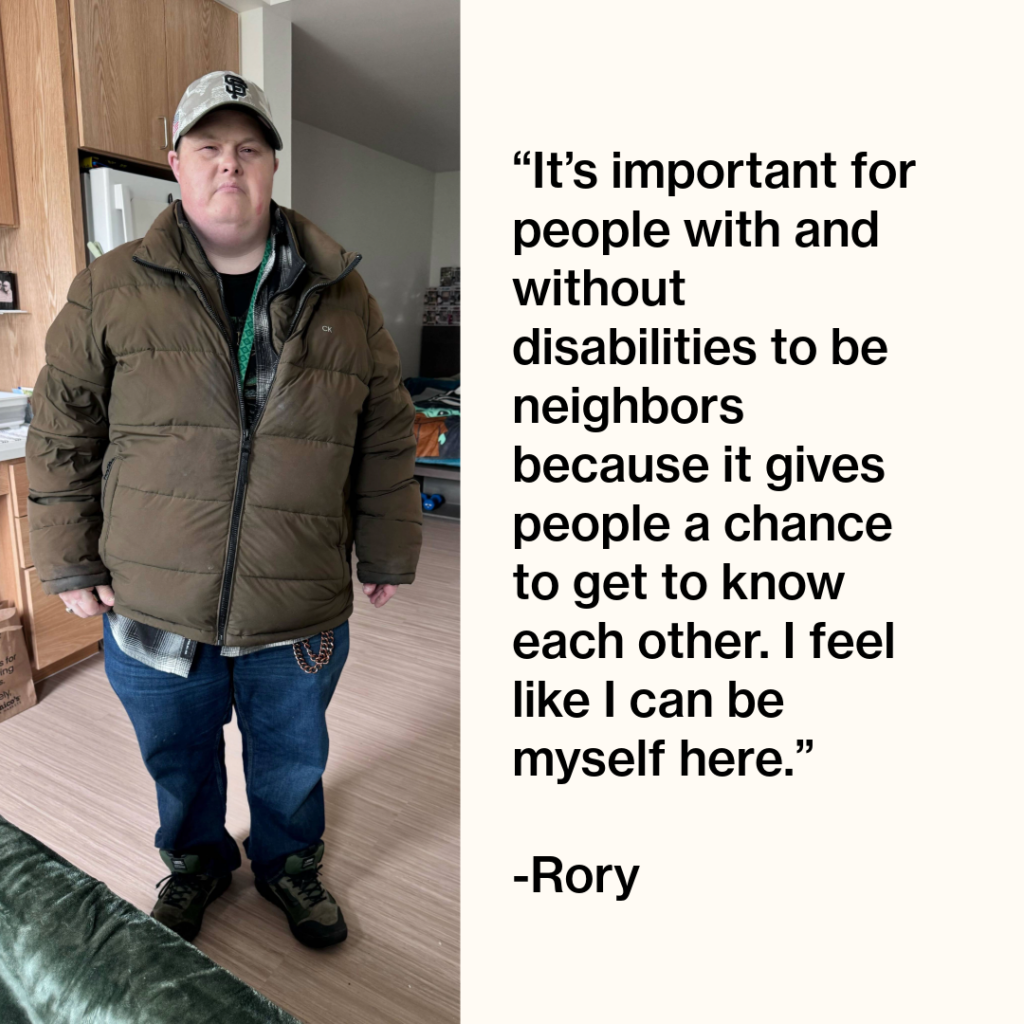This year marks the 26th anniversary of the Supreme Court ruling in Olmstead v. L.C. (Lois Curtis). As we commemorate the decision, we honor the legacies of Lois Curtis and Elaine Wilson. Lois Curtis and Elaine Wilson, two women with intellectual and mental health disabilities, were institutionalized in Georgia and sued the state to be able to live in the community. Before the Olmstead ruling, people with disabilities could be segregated in institutions with no legal protection to get out. Life in these institutions meant people with disabilities were not able to be a part of mainstream society. Abuse, mistreatment, and lack of choice were the norm.
Curtis and Wilson took their case to the United States Supreme Court, ultimately winning in 1999. The court ruled that the segregation of people with disabilities was a form of unlawful discrimination under the Americans with Disabilities Act (ADA) Title II. Known as the “Olmstead decision,” the ruling reaffirmed the right of people with disabilities to live wherever they choose.
This right, however, is far from being fully realized. Without plentiful, affordable, accessible housing, and home and community based services, many people with disabilities aren’t able to live independently in the community. There is currently no market where someone relying solely on Supplemental Security Income (SSI), a program with more than 4 million recipients with disabilities, can afford rent. Only 12% of people with disabilities who use supportive services rent or own their own homes.
Today, more than 2 million disabled adults live in institutions and congregate settings, like nursing homes, psychiatric facilities, and group homes.
On the 26th anniversary of Olmstead, our message as advocates and allies remains the same: We must respond to the urgent need for affordable, accessible housing that fosters communities where disabled and nondisabled residents can thrive.
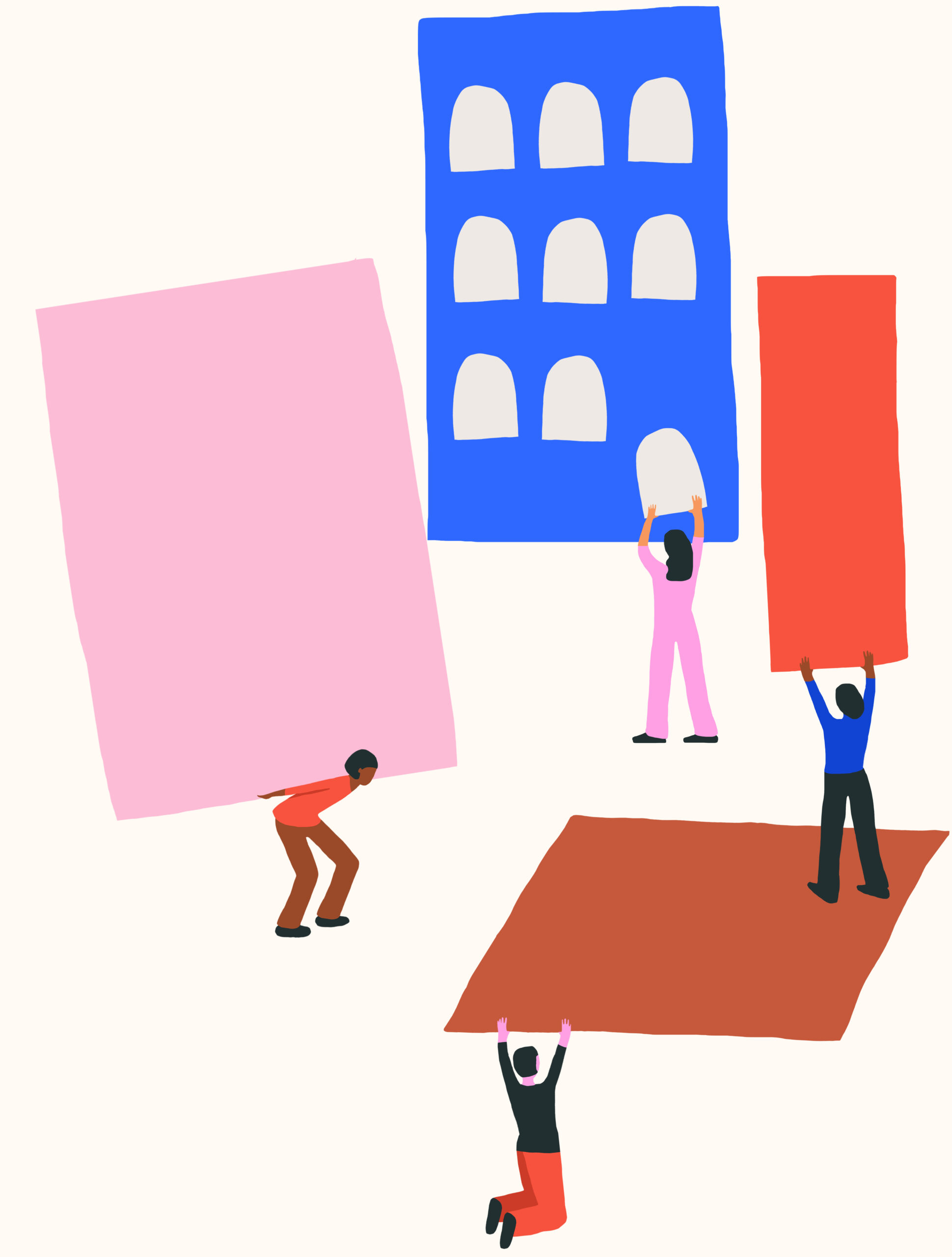
Want to learn more about inclusive housing and how you can support the creation of more disability-forward homes? Explore the following resources:
- To tell Congress to protect housing and services for people with disabilities, click here.
- To learn more about the significance of inclusive communities, explore The Kelsey’s Learn Center Collection: “Why Inclusion?”
- Want to share your story to help create more disability-forward housing? Use our Disability & Housing Storytelling Guide.
Hear advocates share about why living in the community is important to them and what they love about their communities:
